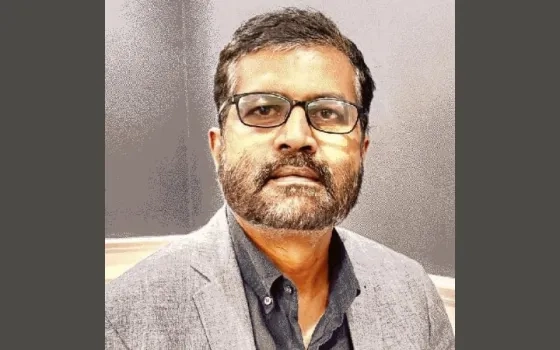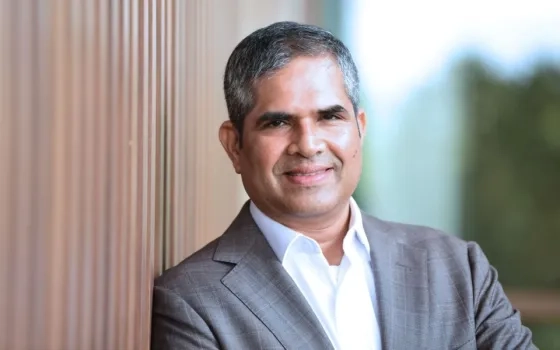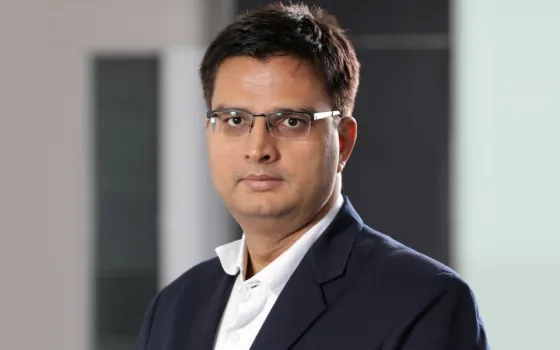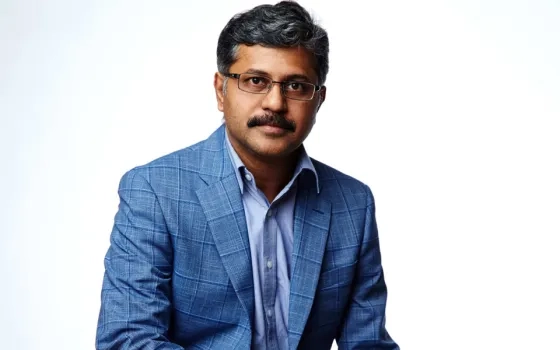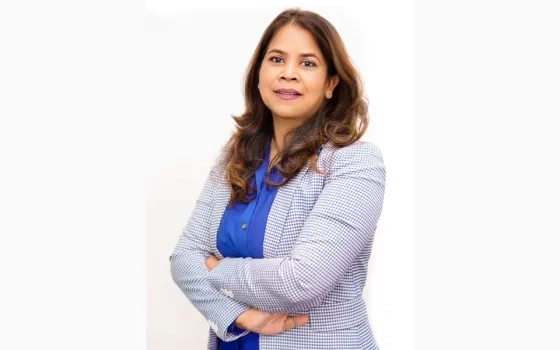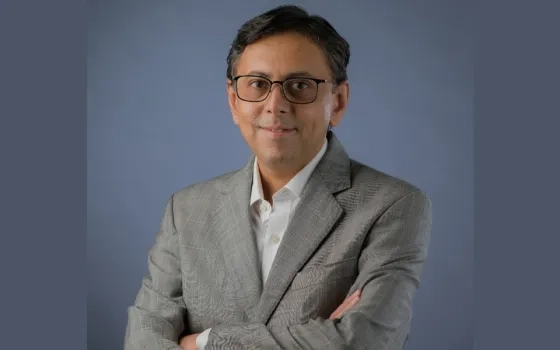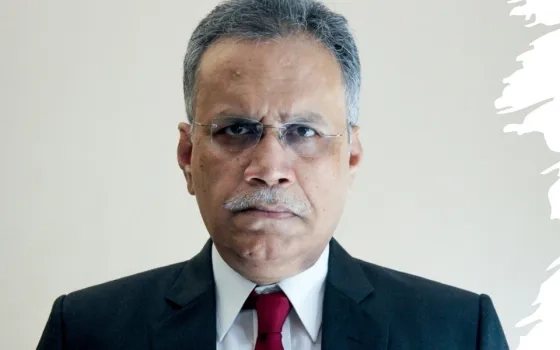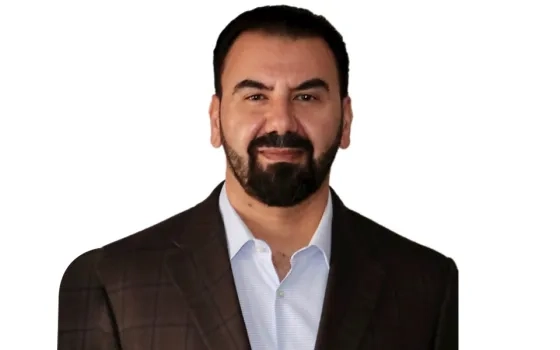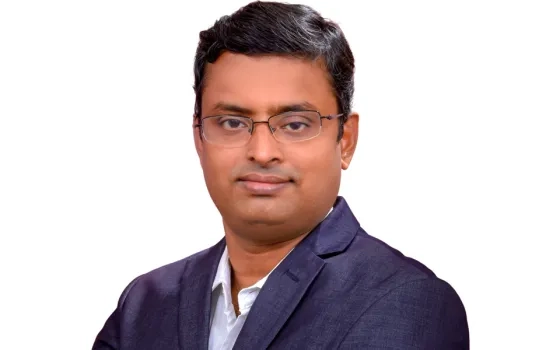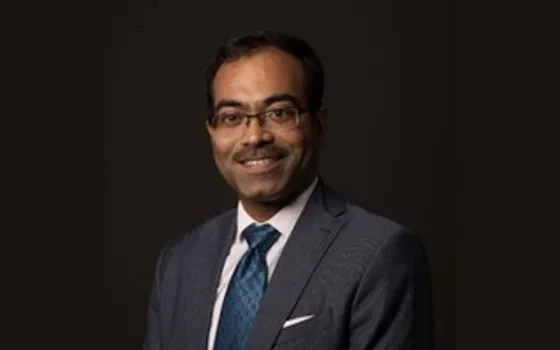
NASSCOM Community Lead, Om Routray, in conversation with Ajay Gupta, Global Head, Smart Cities, Tech Mahindra.
1. Is Tech Mahindra engaged in any smartcity project in India? Any project details that you can share?
Absolutely, there are several projects and Tech Mahindra has been successful in implementing some of the unique and World’s largest programs in Smart Cities domain, one of the key project being Police Emergency Response Management System, UP Dial 100, which is one of the World’s largest project of this nature. Tech Mahindra as consortium partner along with group company, Mahindra Defense, is delivering the promise of safety and security 24X7 to the one of the largest and MOST populated state of India – Uttar Pradesh.
The program caters to approximately 220 million people of Uttar Pradesh. It covers an enormous area of 2,40,948 Sqm which covers 689 town and cities and 1,07,452 villages with 1,542 police stations covering the entire region. Under this program we have succeeded in geo tagging about 12 lakh locations in the state, which is a record. These locations help police determine the location of callers. The emergency response system is 24/7 centralised system which helps in communication between the call centre and the closest police from the incident site to ensure the fastest response. Focusing on women empowerment the call centre has more than 400 women working who are part of Tech Mahindra’s response centre. Since the implementation of this program from 19th Nov 2106, 17,25,165 instances where police help has been facilitated and more than 1000 lives has been saved.
TechM is also implementing one of the largest solid waste management project in India (Jabalpur City, MP) covering more than 275000 households for door to door collection, 300 community bins and data integration with weighbridge and waste to energy conversion. TechM has got the mandate to set up the police control and command centres (ABHAY) for 4 key cities of Rajasthan as well. Last year Honourable Chief minister of Rajasthan inaugurated the first command centre in Jaipur.
Tech Mahindra IoT Solutions for Smart Cities
As a System Integrator for the connected world, Tech Mahindra’s solutions span the spectrum of needs for Smart Cities. Combined with our global Managed Services capabilities and an industry leading ecosystem of partners, we are a single window partner for concept to roll out to management for Smart City solutions.
Some of our solutions include: Smart Parking, Smart Energy Management, Smart Street Lighting, Smart Automated Meter Reading, Smart Bins, Integrated Command and Control Centre.
Benefits include: Measure and reduce energy usage across buildings, Enhance Citizen Experience through smart mobility applications, Prevent vandalism and theft, Assure security within zones, Monitor and manage large areas centrally.
2. Despite the announcement of smartcities project, progress on the ground is not as swift as was expected. What is your opinion and are there any global best practices that India can follow?
Programs like smart cities are huge in size and transformational in nature. Strategic programs of such nature have generally longer cycles.
MoUD has defined the Smart Cities programme in a quite structured way in terms of laying down the framework for selection of cities or addressing tier 3 / rural areas or heritage cities (AMRUT and HRIDAY respectively).
GoI has involved some of the global organizations like Bloomberg Philanthropy or project management consultants (PMCs) like PwC, KPMG or E&Y to bring the best global practices. Every shortlisted city has to prepare a Smart City Proposal in which they need to engage in thought collection exercise with citizens to know their pain points and priorities. GoI has been encouraging to use its MyGov (www.mygov.in) platform for such citizen engagements.
These efforts have started showing results also, You must have noticed in the recent ranking which was conducted by INTEL, Bhubaneshwar came in top 20 in worldwide ranking of smart cities. Another example is Mahindra World City, Jaipur was awarded with C40L2 certification, largest project in the World and only 6th major infrastructure project to be recognised with such prestigious award.
Having said that we agree that India typically throws a different kind of challenge from their global counter parts as still there is a challenge of having robust trunk infrastructure in place. There are other challenges like business models proposed such as PPP (public private partnership) which discourage Master System Integrators (MSIs) like us to participate in these type of opportunities. Similarly funding, still siloed approach in government departments and lack of accountability in the complete value chain are the some of the key issues to be handled promptly.
3. Two years back, when Tech Mahindra bought Pininfarina, it was seen as a foray into designing smartcities. Any success stories that came out of that takeover?
Pininfarina is one of the most respected design house in the world, known for designing cars such as Ferrari has been a great enabler in terms of bringing aesthetics and design angle to buildings architecture. The Air traffic controller at Istanbul, is the landmark design conceptualized and designed by Pininfarina has won several prestigious award as well. Not only building, Pininfarina has also created and designed technical infrastructure products such as Industry grade switches for one of the leading network infrastructure providers in the world. Pininfarina is working on several smart cities projects worldwide where they are primarily handling the city landscape and design part of it.
4. You recently signed a deal with the city of Los Angeles for a smart energy initiative. Can you tell us more about it?
Tech Mahindra had tied up with City of Los Angeles and USC to launch smart city energy initiative. Tech Mahindra has collaborated with City of Los Angeles and the University of Southern California Viterbi School of Engineering and USC Marshall of Business to launch digital platform Community Action Platform for Engagement (“CAPE”) that would help building smarter, sustainable and energy-efficient cities. The pilot of the platform will premier in Los Angeles and will help community groups organize and source alternative energy solutions. The platform uses advanced data analytics including satellite imagery and government energy consumption data that would help generating significant cost savings for local citizens while reducing CO2 emissions. The platform participants would be able to use online forums to recruit their neighbours to create user pools large enough to attract proposals from alternative energy suppliers.
The purpose of the new digital platform is to create a marketplace where citizens, community action groups, local authorities and energy suppliers can easily view and select from an array of alternative energy options available in their designated area. This is based on a model which we are doing for Milton Keynes Council in UK. You can refer capeproject.co.uk to know more details of this initiative.
5. What is Tech Mahindra’s engagement with other stakeholders in the ecosystem, for example, start-ups, other companies and the government?
Tech Mahindra has announced its plans to rope in 20 to 30 startups a year as its partners under its programme called TechM Next. The startups will primarily lie in the sectors such as networking, communication technology and virtual reality.
The company will keep an eye on startups from India, Silicon Valley in the US, the United Kingdom and Israel, and will bring some selected startups under this programme. We plan to further bring the disruptive technologies into its existing business areas.
TechM looks for startups that have generated a considerable amount of traction rather than focusing on startups at the incubation level.
6. Do you subscribe to the view that smartcity projects have to be led by the government? Are there any alternate models that can be followed?
Not necessarily, it depends. Smart cities, as I said is quite sizable, infrastructure heavy and transformational in nature. In some geography, these initiatives are led by Telecom operators or even by large-scale enterprise as well. In India also there are examples of smart city programs being implemented by some leading realtors or private entities but the scale may not be very big.
But largely speaking, we feel that such kinds of transformational initiatives should be led by Government and ULB (Urban Local Bodies). Rightly so because ultimately it all boils down to impact on the quality of life of citizens and automation of various citizen to government (C2G) touchpoints and e-governance .If you see in the US, these programs are driven by City CIOs, in EU region, its driven by City municipal bodies like in India. That’s why Governments worldwide are important stakeholders and should lead programs of such nature and size.
To read more interviews, follow leader talk..






